DCL IGV Actuator Following Chiller Manufacturer Featured in CCTV-2’s “Made in China”
On November 13, 2023, Haier’s large central air conditioning system was featured on CCTV-2’s “Made in China” program, showcasing the DCL fan blade actuator used in Haier’s self-developed high-efficiency air suspension centrifugal machine. DCL Actuator in Industrial Chillers for 15 years DCL’s electric actuators have been used in industrial chillers for 15 years. Renowned companies […]
DCL Controls Participates in the China International Maritime Exhibition (MARINTEC CHINA)
DCL Controls is participating in the China International Maritime Exhibition (MARINTEC CHINA), showcasing its marine electric actuators, micro-pressure sensors, and thermostats. 中国(上海)International Maritime Exhibition Marintec China Exhibit Information Event Details: Date: December 5–8, 2023 Venue: Shanghai New International Expo Centre Hall: W4 Booth: W4D1C Visiting the show > Exhibition Overview: The China International Maritime Exhibition […]
DCL Completes CSA Certification for Explosion-Proof Electric Actuators in North America
DCL has successfully completed the CSA certification for its explosion-proof electric actuators in North America. The certification was awarded on January 14, 2022, for the DCL-Ex series, which includes models DCL-Ex05, DCL-Ex10, DCL-Ex20, DCL-Ex40, and DCL-Ex60. CSA Certification Scope Explosion-Proof Ratings: United States: Class I Division 1, Group C and D T5/T6 Canada: Ex db IIC […]
DCL Controls to Attend the 31st China International Measurement Control and Instrumentation Exhibition (Miconex 2023)
DCL Controls will participate in the 31st China International Measurement Control and Instrumentation Exhibition (Miconex 2023), showcasing its electric actuators, electric valves, and IoT-based actuator applications. The event offers an excellent opportunity for industry experts to explore advanced solutions in automation, control, and measurement. Event Details: Date: October 23–25, 2023 Location: National Convention Center, Beijing Booth: […]
DCL Controls nimmt an der Internationalen Windenergie-Konferenz und -Ausstellung in Peking teil (CWP 2023)
DCL Wuhan Huayi will participate in the Beijing International Wind Energy Conference & Exhibition (CWP 2023), where they will showcase their electric actuators and IoT-based actuator applications for the wind energy industry. Event Details: Date: October 17–19, 2023 Location: China International Exhibition Center (Shunyi District) Booth: E4118 This exhibition will provide an excellent platform for […]
JB/T 8219-2016 Standard für gewöhnliche und intelligente elektrische Stellantriebe, die in industriellen Prozesssteuerungssystemen verwendet werden
Inhaltsverzeichnis Vorwort 1 Anwendungsbereich 2 Normative Verweise 3 Begriffe und Definitionen 4 Produktklassifikation und Grundparameter 4.1 Produktklassifikation 4.2 Grundparameter 5 Grundfunktionen intelligenter Stellantriebe 5.1 Anzeigefunktion 5.2 Parametrierfunktion 5.3 Vor-Ort-Konfigurationsfunktion 5.4 Fehlerselbstdiagnose- und Alarmfunktion 5.5 Kommunikationsfunktion 5.6 Sonstige Funktionen 6 [...]
GB/T 3369.1-2008/IEC 60381-1:1982
Die Norm für das 4-20mA Stromsignal, das in elektrischen Stellantrieben verwendet wird, ist wie folgt: Norm: GB/T 3369.1-2008/IEC 60381-1:1982 Titel: Analoge Signale für Prozessleitsysteme - Teil 1: Gleichstromsignale (IEC 60381-1:1982, IDT) Diese Norm legt die Spezifikationen für analoge Signale fest, insbesondere für die Verwendung von Gleichstromsignalen in Prozessleitsystemen, [...]
Voltage Signal Standards for Electric Actuators – GB/T 3369.2—2008/IEC 60381-2:1978
Applicable Standards for Electric Actuator Voltage Signals (1-5V, 2-10V, 0-5V, 0-10V): Analogue Signals for Process Control Systems – Part 2: Direct Voltage Signals (GB/T 3369.2—2008/IEC 60381-2:1978)IEC 60381-2-1978, IDT Preface GB/T 3369.2—2008/IEC 60381-2:1978 – Analogue Signals for Process Control Systems – Part 2: Direct Voltage Signals The GB/T 3369 standard consists of the following two parts: […]
Comparison of Interference Resistance Performance: 4-20mA VS. 2-10V
In the application of electric actuators’ anti-interference performance, the 4-20mA analog signal significantly outperforms the 2-10V analog signal. Why is this the case? 2-10V Signal Analysis Anti-interference Diagram for 2-10V Signal (DCL Huayi Intelligent Control) As shown in the diagram above: When using 2-10V, due to the higher input resistance on the module (R=34K), the […]
Häufig verwendete Busse für elektrische Stellantriebe
In immer mehr industriellen Steuerungssystemen werden Feldbusse eingesetzt, um mehr Sensoren und Aktoren zu steuern. Elektrische Stellantriebe sind ein wichtiger Bestandteil von Fluidsteuerungsprozessen und werden häufig in industriellen Anwendungen eingesetzt. Zu den am häufigsten verwendeten Bussystemen für elektrische Stellantriebe gehören Modbus, CAN, Profibus, DeviceNet, Foundation Fieldbus, HART und Ethernet. Gängige Bussysteme [...]

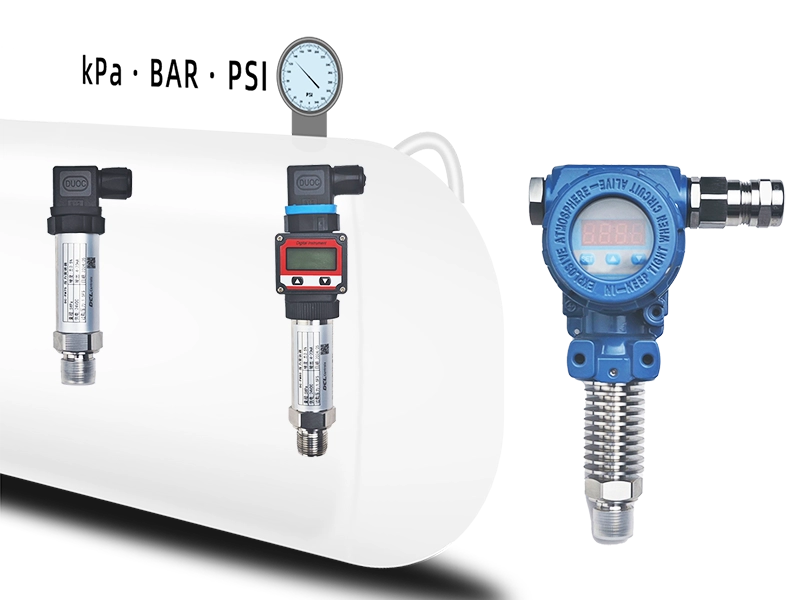
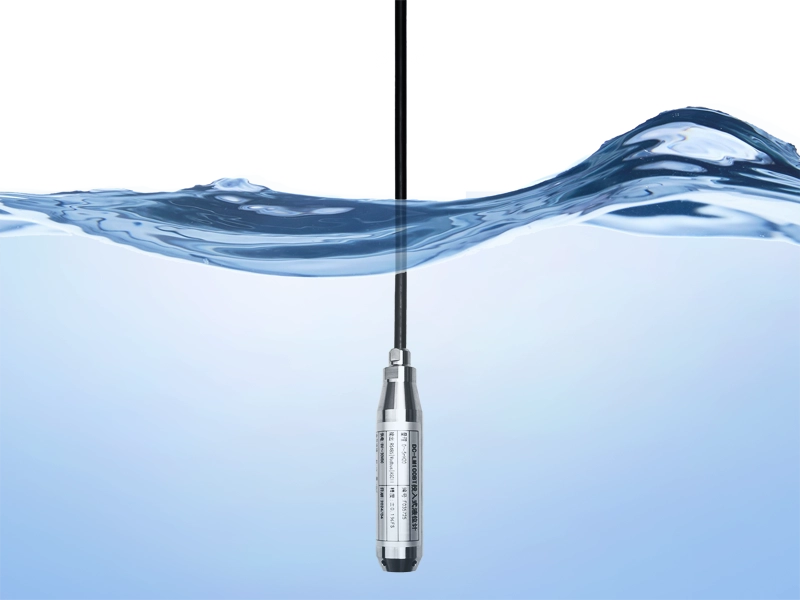





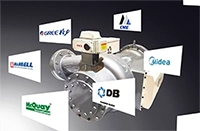


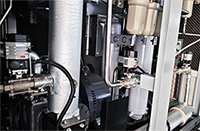



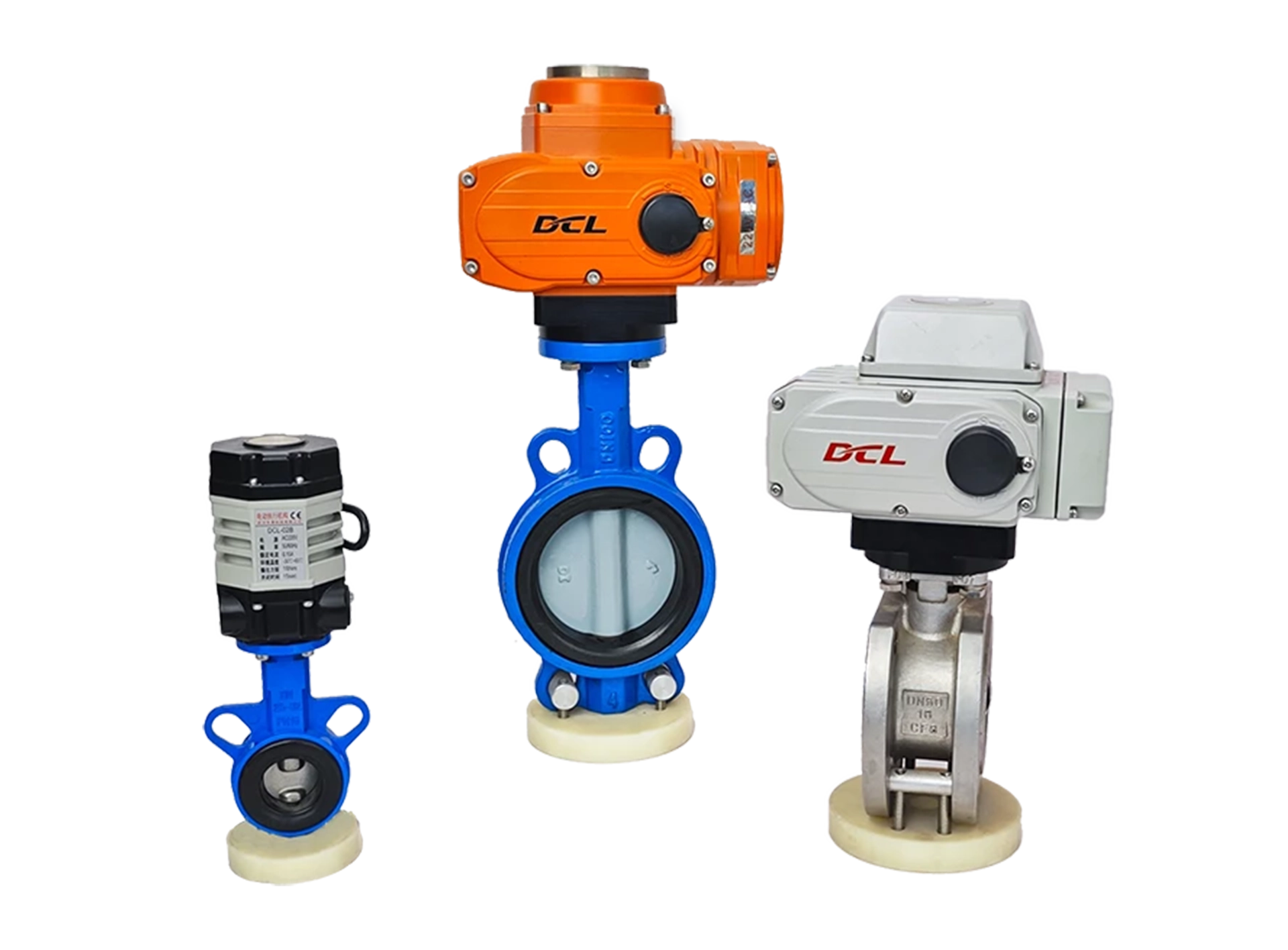












 鄂公网安备 42018502006527号
鄂公网安备 42018502006527号